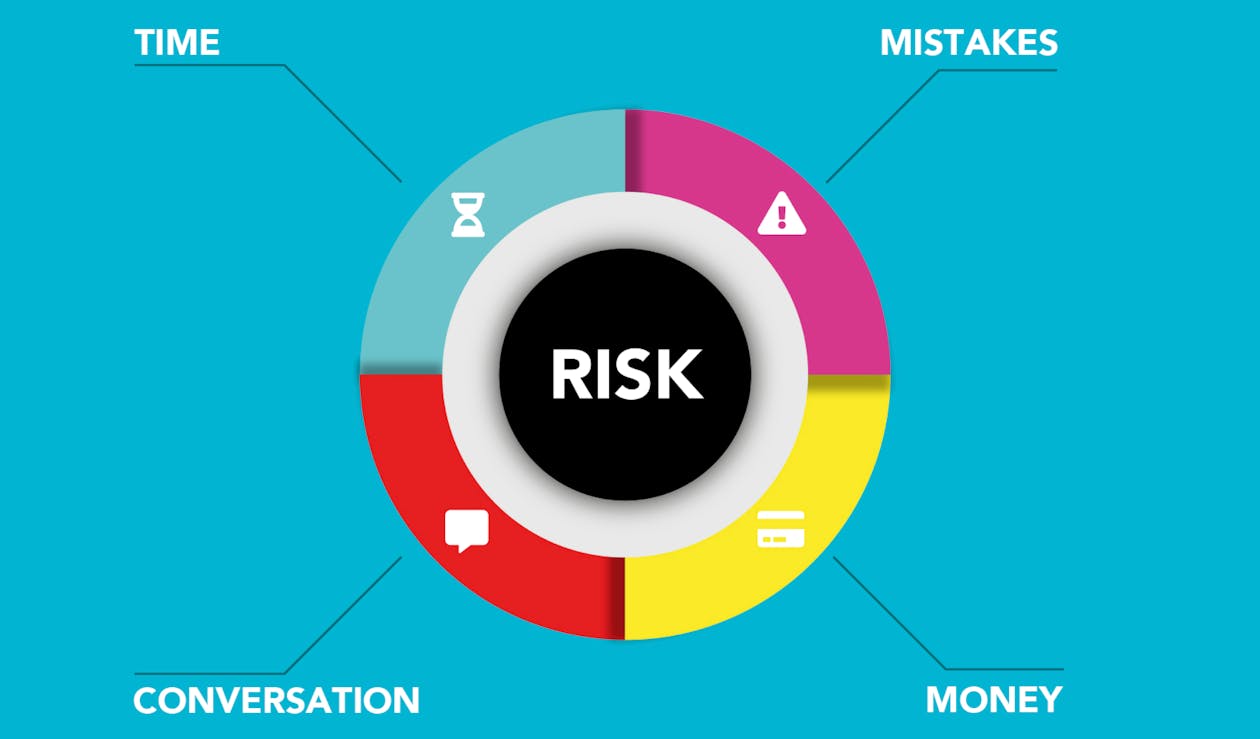Investing your money is one of the most effective ways to grow your wealth over time. While it’s true that investing involves risk, it also offers the potential for significant returns that can outpace inflation and help you achieve your financial goals. Whether you’re a novice investor or looking to fine-tune your investment strategy, this comprehensive guide will walk you through the fundamentals of how to invest your money to make money.
Part 1: Setting the Foundation

Before diving into the specifics of investment strategies, it’s crucial to establish a solid foundation for your financial journey. Here’s what you need to do:
1. Define Your Financial Goals
Short-Term Goals: These might include building an emergency fund, saving for a vacation, or buying a car.
Mid-Term Goals: Consider saving for a down payment on a home, funding education, or starting a business.
Long-Term Goals: Focus on objectives like retirement, generational wealth, or financial independence.
2. Assess Your Risk Tolerance
Understanding your risk tolerance is vital for constructing an investment portfolio that aligns with your comfort level. Factors that influence risk tolerance include your age, financial goals, time horizon, and personal preferences.
3. Create a Budget
Before you can invest, you need to know where your money is going. Create a detailed budget that outlines your income, expenses, and savings goals. This will help you determine how much you can allocate to investments.
4. Build an Emergency Fund
Establish an emergency fund with three to six months’ worth of living expenses. This provides a financial safety net in case of unexpected events and ensures that you won’t need to tap into your investments prematurely.
Part 2: Types of Investments

There are various investment options to consider, each with its own risk and return characteristics. Understanding these options is essential for building a diversified portfolio.
1. Stocks
Ownership: When you buy stocks, you become a shareholder in a company. Your returns are tied to the company’s performance and stock price.
Potential Returns: Stocks have the potential for high returns, but they also come with higher volatility and risk.
Diversification: Invest in a mix of individual stocks or exchange-traded funds (ETFs) to spread risk.
2. Bonds
Lending: When you invest in bonds, you are essentially lending money to an entity (e.g., government, corporation) in exchange for periodic interest payments and the return of the principal at maturity.
Safety: Bonds are generally considered safer than stocks but offer lower potential returns.
Diversity: Bonds can add stability to your portfolio when combined with stocks.
3. Real Estate
Ownership: Real estate investments involve buying physical properties or investing in Real Estate Investment Trusts (REITs), which are companies that own and manage real estate assets.
Income and Appreciation: Real estate can generate rental income and appreciate in value over time.
Diversification: Real estate can be a valuable addition to a diversified investment portfolio.
4. Mutual Funds
Pooled Investments: Mutual funds pool money from multiple investors to invest in a diversified portfolio of stocks, bonds, or other assets.
Professional Management: Fund managers make investment decisions on behalf of investors.
Diversification: Mutual funds provide instant diversification, making them suitable for beginners.
5. Exchange-Traded Funds (ETFs)

Similar to Mutual Funds: ETFs are similar to mutual funds but are traded on stock exchanges like individual stocks.
Liquidity: ETFs offer liquidity as they can be bought and sold throughout the trading day.
Diversification: ETFs provide diversified exposure to various asset classes.
Part 3: How to Invest Your Money
Now that you have a basic understanding of investment options, let’s explore how to put your money to work.
1. Start with an Emergency Fund
Before you begin investing, ensure you have an adequate emergency fund in place. This fund acts as a financial safety net, protecting your investments from the need for sudden cash withdrawals.
2. Maximize Retirement Contributions
If your employer offers a retirement plan, such as a 401(k) or 403(b), take full advantage of it. Contribute at least enough to get any employer match; it’s essentially free money. These plans also offer tax advantages, as contributions are often tax-deductible.
3. Create a Diversified Portfolio
Diversification is a key strategy to reduce risk. Allocate your investments across different asset classes (stocks, bonds, real estate) and geographic regions. The specific allocation should align with your risk tolerance and financial goals.
4. Invest Regularly
Consistency is crucial when it comes to investing. Consider setting up automatic contributions to your investment accounts. This ensures that you invest regularly, regardless of market conditions.
5. Dollar-Cost Averaging
Dollar-cost averaging involves investing a fixed amount of money at regular intervals, regardless of market fluctuations. This strategy can reduce the impact of market volatility on your portfolio.
6. Reinvest Dividends and Interest
When you receive dividends from stocks or interest from bonds, consider reinvesting these earnings back into your portfolio. This can accelerate your wealth growth through compounding.
7. Review and Rebalance
Regularly review your investment portfolio to ensure it aligns with your goals and risk tolerance. Over time, some assets may perform better than others, leading to an imbalance. Rebalancing involves adjusting your portfolio to maintain your desired asset allocation.
Part 4: Risk Management

Investing always carries a level of risk, but there are ways to manage and mitigate it.
1. Diversification
Diversifying your portfolio across various asset classes can help spread risk. When some investments perform poorly, others may do well, offsetting losses.
2. Risk Tolerance
Be aware of your risk tolerance and invest accordingly. If market fluctuations make you anxious, consider a more conservative allocation.
3. Long-Term Perspective
Invest with a long-term perspective. Over time, markets tend to trend upward, and short-term fluctuations often even out.
4. Emergency Fund
Maintaining an emergency fund ensures you won’t need to sell investments prematurely in case of unexpected expenses or emergencies.
5. Dollar-Cost Averaging
This strategy reduces the impact of market volatility on your investments, allowing you to buy more shares when prices are low and fewer shares when prices are high.
Part 5: Common Investment Strategies

Here are some common investment strategies to consider:
1. Buy and Hold
This strategy involves buying investments and holding them for the long term, regardless of short-term market fluctuations. It’s a passive approach that requires patience.
2. Value Investing
Value investors seek undervalued stocks or assets that are trading below their intrinsic value. The goal is to buy low and sell high when the market recognizes the true value.
3. Growth Investing
Growth investors focus on companies with the potential for rapid revenue and earnings growth. They typically invest in stocks with higher valuations, expecting future growth to justify the price.
4. Dividend Investing
Dividend investors prioritize stocks or funds that pay regular dividends. This strategy generates income and can be attractive for income-focused investors.
5. Index Investing
Index investing involves buying index funds or ETFs that track a specific market index, such as the S&P 500. It’s a passive strategy that aims to match the overall market’s performance.
Part 6: Risky Investments and Caution

While investing can be a powerful wealth-building tool, it’s essential to be cautious and avoid risky investments that could jeopardize your financial well-being. Here are some investments to approach with caution:
1. Cryptocurrencies
Cryptocurrencies like Bitcoin and Ethereum have gained popularity, but they are highly speculative and volatile. Only invest money you can afford to lose.
2. Individual Stocks
Investing in individual stocks carries higher risk compared to diversified investments like mutual funds or ETFs. Do thorough research and consider your risk tolerance.
3. High-Yield (Junk) Bonds
High-yield bonds offer higher interest rates but come with a higher risk of default. Consider your risk tolerance and investment horizon when investing in bonds.
4. Startups and Private Equity
Investing in startups or private equity can be highly rewarding but also risky. These investments lack liquidity and may not be suitable for all investors.
Part 7: Monitor and Adjust

Once you’ve established your investment strategy, it’s crucial to monitor your portfolio’s performance and make adjustments as needed. Here’s how:
1. Regular Check-Ins
Review your portfolio regularly, but avoid making impulsive decisions based on short-term market fluctuations.
2. Rebalance
If your portfolio becomes unbalanced due to certain assets outperforming others, rebalance to maintain your desired asset allocation.
3. Adjust for Life Changes
Life events like marriage, children, or job changes may impact your financial goals and risk tolerance. Adjust your investment strategy accordingly.
4. Seek Professional Advice
Consider consulting a financial advisor or investment professional for guidance, especially if your financial situation becomes more complex.
Investing your money to make money is a powerful way to build wealth and achieve your financial goals. However, it requires careful planning, diversification, risk management, and a long-term perspective. By setting clear goals, creating a diversified portfolio, and staying informed about your investments, you can harness the potential of investing to secure your financial future. Remember that investing is a journey, and it’s essential to stay disciplined, patient, and adaptable along the way.

